How to Optimize Your Retirement Plan
At Centura Wealth Advisory one of our core values is stewardship. We believe in partnering with our clients to liberate their wealth management process.
Part of our role as stewards to our clients is walking them through the entire financial planning process, from present-day to the coming years. One of the main areas we address with our clients is optimizing their retirement plans.
Listen to the Live Life Liberated Podcast for a detailed perspective from Derek Myron and Kyle Malmstrom, as they discuss how the potential estate tax changes may affect your retirement plan distributions.
One question we often ask our clients is, “Are you ready to overcome the complexities and burdens that come with your success?” Learning how to optimize their retirement plans is one of the foundational steps in overcoming the complexities that come with wealth management.
The two also share effective strategies to help transfer your accumulated wealth to your desired beneficiaries in a tax-efficient manner. Here are a few of the topics covered in the podcast linked above.
- A brief overview of the proposed Build Back Better Act
- Different ways to take your money out of Individual Retirement Accounts (IRAs)
- “Live-on” assets versus “leave-on” assets — what is better for you?
- Reasons to start planning your wealth transfer as early as possible
- And more
*It should be noted that the information about proposals is subject to change from the time this article is published.
Employee Retirement Income Security Act
Prior to 1974, employees who worked at one or two companies their entire life would generally be given a pension. A pension is a defined benefit plan.
Some of the factors that would define an employee’s pension plan include:
- Years of contribution
- How much they made
These factors would determine how much money the employee would receive in the event of retirement, death, or become disabled or unable to work.
In 1974, however, the Employee Retirement Income Security Act (ERISA) was introduced. ERISA was the advent of the Individual Retirement Account (IRA).
The main difference between ERISA and IRA is that ERISA plans are defined benefit plans. The IRA, on the other hand, was a defined contribution plan. This means that the employee can make investments that they control: stocks, bonds, and mutual funds.
Roth IRA
Since then, the rise in popularity of contribution plans has introduced other factors like a Roth IRA, which as far as optimizing your retirement plan, is a great starting point.
A Roth IRA is a retirement account that grows tax-free and can have tax-free distributions (as long as you hold it for five years and are above the age of 59).
There are two ways to optimize your retirement plan with a Roth IRA. The two ways are to contribute on an annual basis or to convert Converting your Roth IRA is taking your existing, non-Roth IRA asset and converting it into a Roth IRA in order to reap the tax benefits.
A Common Challenge
The challenge, however, is getting wealth from a traditional IRA into the Roth IRA. If an individual is in a low-income tax bracket, it’s not a terribly painful process. However, if you’re in a high-income tax bracket, it can present more of a challenge.
Due to the tax benefits that a Roth IRA provides, a large portion of people used this benefit. Because of this, the government did not predict the substantial amount of money put into these accounts. This brings us to the Build Back Better Plan.
Build Back Better Plan
The Build Back Better Plan was proposed by Congress in 2021. It aims to place further restrictions regarding Roth IRA contributions on wealthier individuals.
As stated by CNBC, “Wealthy individuals with more than $10 million in retirement savings would have to draw down their accounts each year, in a new type of required minimum distribution, or RMD. Lawmakers would also close “backdoor Roth” tax loopholes, used largely by the rich, and prohibit further individual retirement account contributions once those accounts exceed $10 million.”
One primary example of the reasoning behind the Build Back Better plan is the Paypal founder, Peter Thiel. Thiel has been able to amass $5 billion in his Roth IRA. Many people are upset and wondering, “How is this fair?”
How the Build Back Better Act Impacts Our Clients
Since 2019, Congress has been looking for loopholes to limit a plan owner’s options for optimization. In this case, “plan owners” include those who have a million dollars or more in their retirement plans and have an estate. Oftentimes, at this level of retirement planning, wealth transfer issues arise.
Plan owners are worried about how to optimize their distributions from their retirement plans because they know that Congress is looking to change the rules.
What Now?
There are many ways to continue to optimize your retirement plan while you’re alive.
You Can Make a Distribution
One option is to do a Roth conversion (depending on your facts and circumstances and the timing of income). You could then distribute from the Roth with the tax advantage. There’s also a way to do an in-kind distribution of different assets out of an IRA that may be tax efficient.
Another option is a qualified charitable distribution. This method eliminates tax liability and the funds are sent to a charity of your choice.
Set Future Goals
We believe your plan is not a one, two, or three-year plan.
Instead, we focus on a 10 or 15-year plan. The goal is to figure out how you’re intending to manipulate your cash flow and income tax, then to distribute your assets. This could mean distributing them to your spouse or even future generations.
In light of the potential changes coming from Congress, it’s important to start preparing for what’s to come. We encourage you to get in touch with your advisor and figure out a plan of action for your financial future.
As mentioned above, charitable giving is a great wait to improve your bottom-line, while also giving back to the community. Learn more about how charitable giving can improve your bottom line on our blog.
Centura Wealth does not make any representations as to the accuracy, timeliness, suitability or completeness of any information prepared by any unaffiliated third party, whether linked to or incorporated herein. All such information is provided solely for convenience purposes and all users thereof should be guided accordingly.
We are neither your attorneys nor your accountants and no portion of this material should be interpreted by you as legal, accounting, or tax advice. We recommend that you seek the advice of a qualified attorney and accountant.
For additional information about Centura, please request our disclosure brochure as set forth on Form ADV using the contact information set forth herein, or refer to the Investment Adviser Public Disclosure website (www.adviserinfo.sec.gov). Please read the disclosure statement carefully before you engage our firm for advisory services.



